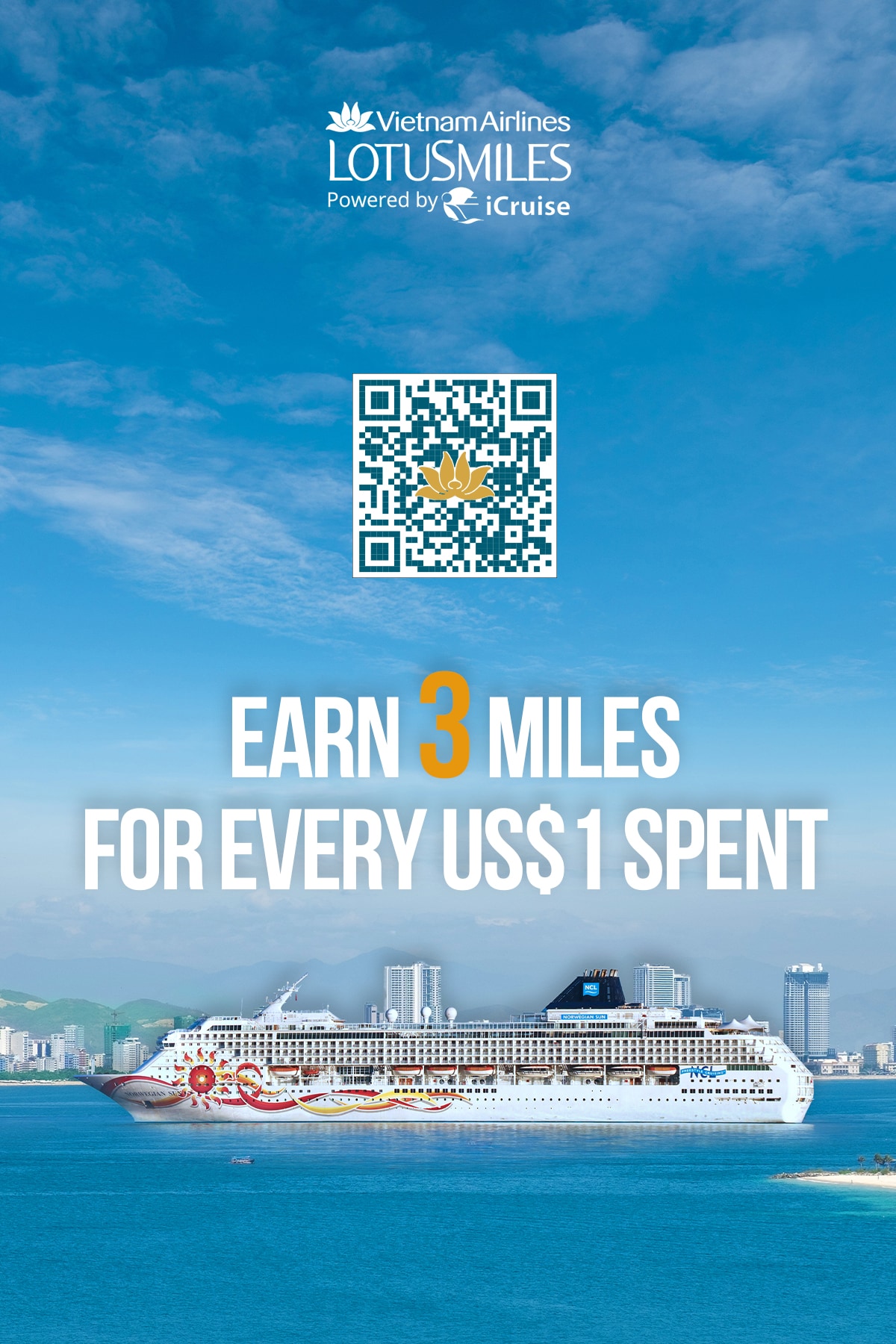

- 01
- 02
- 03
- 01
- 02
- 03
The contract for your service is booked directly with Klook. You are about to leave Vietnamairlines.com. You will be redirected to the website of Klook that is not owned by Vietnam Airlines. The site is not within our control and may not follow Vietnam Airlines' policies. All transactions on Klook comply with the Terms and Conditions of Klook.
By clicking "OK", you have acknowledged and agreed with Terms and Conditions of Klook.
The contract for your accommodation is booked directly with Booking.com. You are about to leave Vietnamairlines.com. You will be redirected to the website of Booking.com that is not owned by Vietnam Airlines. The site is not within our control and may not follow Vietnam Airlines' policies. All transactions on Booking.com comply with the Terms and Conditions of Booking.com.
By clicking "OK", you have acknowledged and agreed with Terms and Conditions of Booking.com.

Self-drive car rental service is provided by Rentalcars.com. You will leave Vietnamairlines.com and be redirected to Rentalcars.com. The website is not owned and controlled by Vietnam Airlines and may not be subject to our policies. All transactions on Rentalcars.com are subject to the Rentalcars.com Terms and Conditions.
By clicking the ""AGREE"" button, you acknowledge and agree to the Rentalcars.com’s Terms and Conditions.
Dịch vụ gói cước quốc tế được cung cấp bới Viettel. Tất cả giao dịch trên trang web này đều tuân thủ Điều khoản và Điều kiện của Viettel.
Bằng cách nhấp nút “ĐỒNG Ý", Quý khách đã thừa nhận và đồng ý với Điều khoản và Điều kiện của Viettel.
UNSERE DIENSTLEISTUNGEN
Vollständiges Erlebnis
vom Boden bis zum Himmel
Service
Class
Economy Class
Economy Class
KONTAKTIEREN SIE UNS
Die vietnamesische Identität
weitertragen
Die vietnamesische Identität
weitertragen
Jede Reise, jede Geschichte, die Sie erzählen, kann Tausende von vietnamesischen Liebhabern inspirieren. Nehmen Sie am Programm teil, indem Sie sich in Ihr Lotusmiles-Konto einloggen.


5m+
Über 5.000.000 inspirierte Personen
2100+
Getaggte Bilder und Videos
#vandamnangniu
E-Newsletter abonnieren
Abonnieren Sie unseren E-Newsletter, um die neuesten Informationen und Angebote von Vietnam Airlines zu erhalten (ausgenommen Informationen, Angebote des Lotusmiles-Programms).
Rechtliches
Auszeichnungen
Auszeichnungen











© 2025 Vietnam Airlines JSC
Vietnam Airlines JSC - 200 Nguyen Son Str., Stadtteil Bo De, Stadt Hanoi, Vietnam
Telefon: (+84-24) 38272289. Fax: (+84-24) 38722375.
Unternehmenseintragungsnummer.: 0100107518, 5. Registrierung vom 08/07/2016.

Ankündigung
Sie sind dabei, die Seite vietnamairlines.com zu verlassen
Möchten Sie fortfahren?
Indem Sie auf „Alle Cookies akzeptieren“ klicken, stimmen Sie der Speicherung von Cookies auf Ihrem Gerät zu, um die Navigation auf der Website zu verbessern, die Nutzung der Seite zu analysieren und unsere Marketingbemühungen zu unterstützen.
Klicken Sie hier, um mehr über die von uns verwendeten Cookies und deren Verwaltung zu erfahren.












